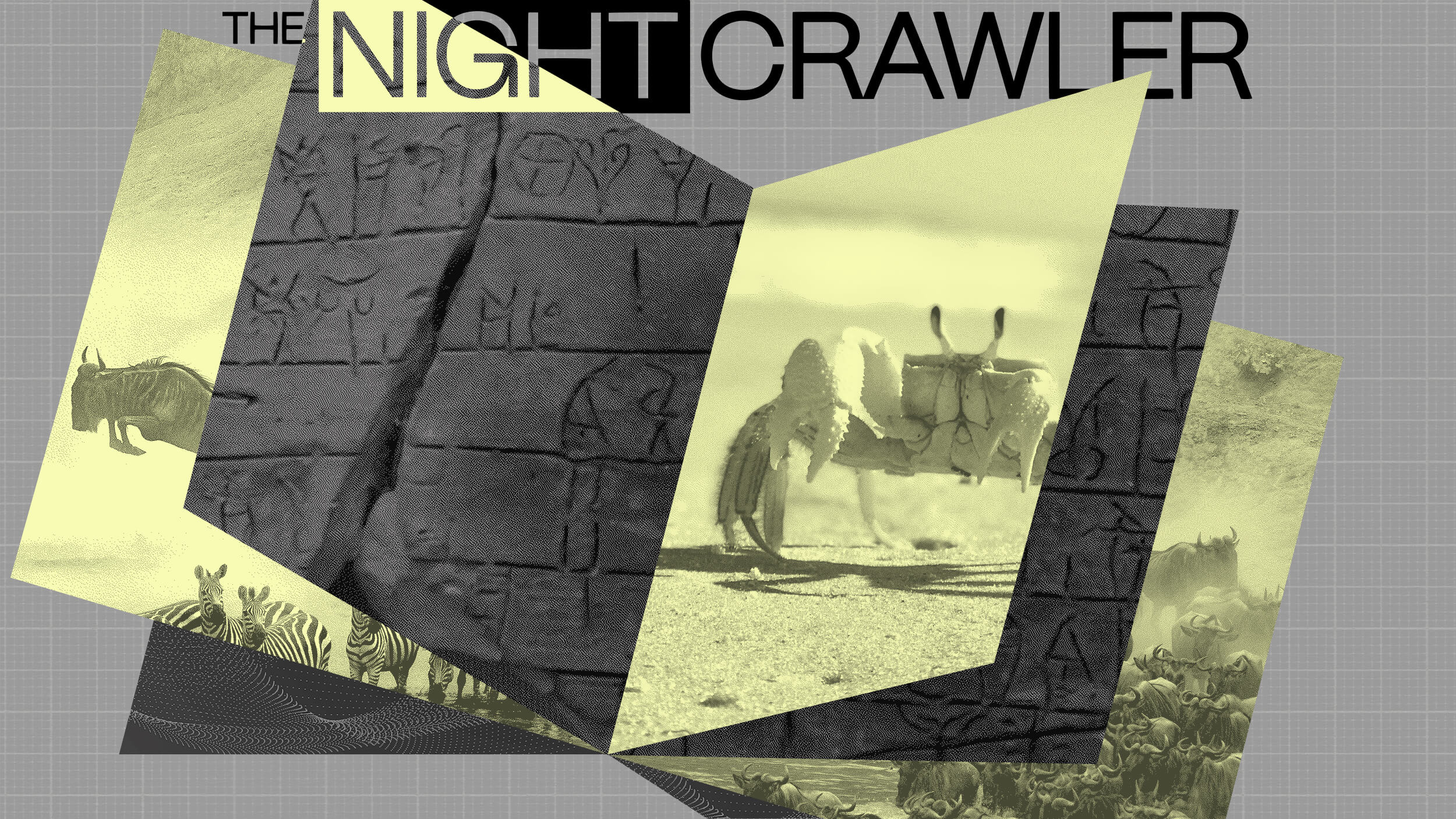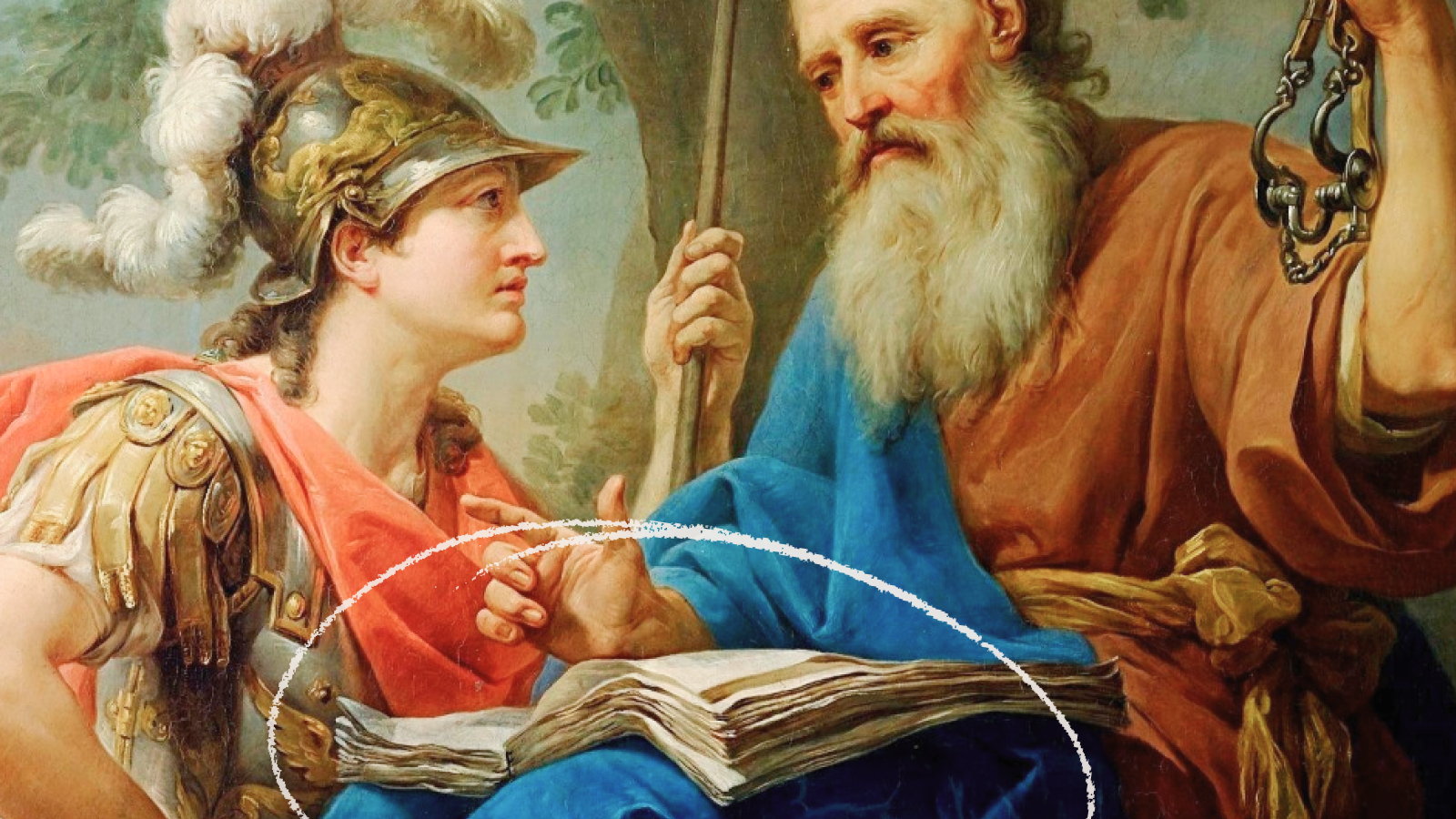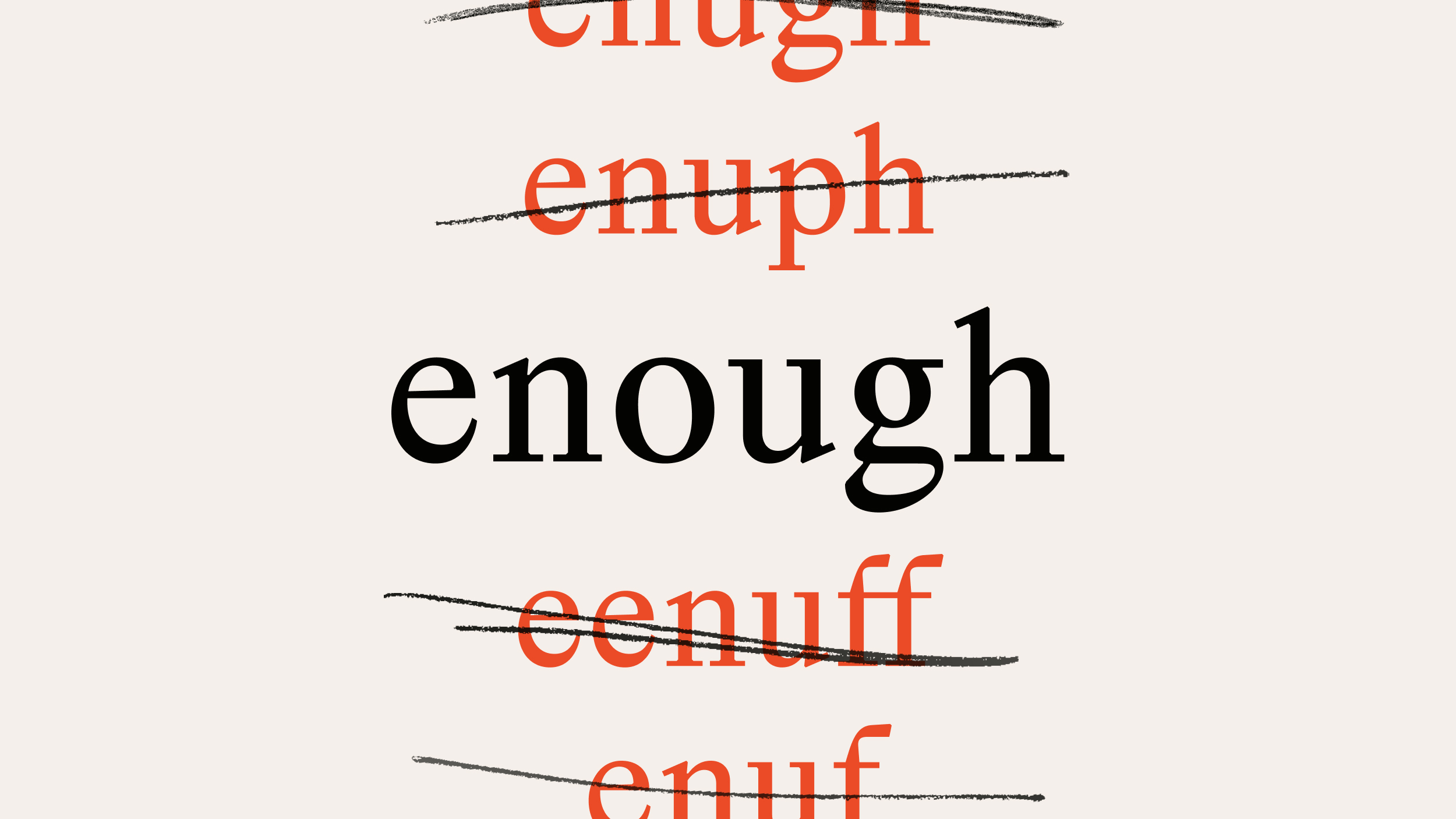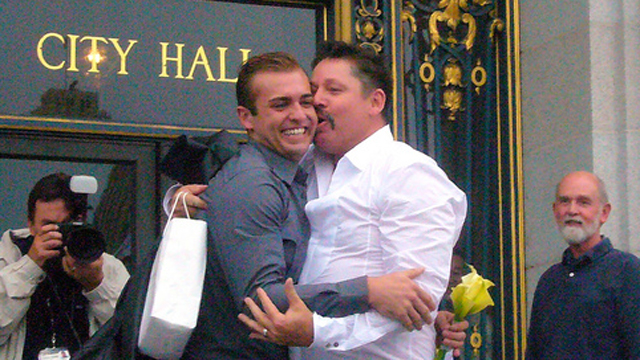Photographer Edward Burtynsky Chronicles the Erosion of the Natural World
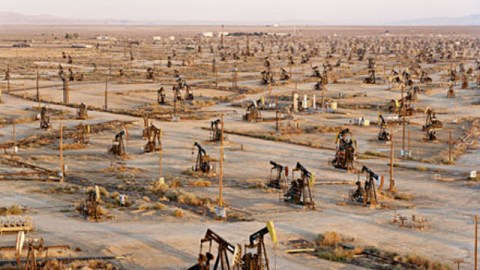
Photographic artist Edward Burtynsky, who is particularly known for his sweeping images of desolate industrial landscapes and their implications for the ruin of the natural world, recognizes that there is a certain “melancholy” in his work. On some level, he says he has realized that his work is “a lament for the loss of that place that we’ve called nature, that it’s losing out in this battle between what we need and what is available and where it is found … I began to see nature as really just an open cupboard where you know we’re raiding the cupboards and taking everything as absolutely fast as we can and now
In a portion of his Big Think interview, Burtynsky walks us through the backstories of how he created several of the images in his series on oil, and why he chose the scenes that he did. Referring to one of them, he says he thought going into ship wrecking yards would allow him to “step back into a Dickens novel at the beginning of the industrial revolution and kind of get a peak at it in today’s world.” Instead, he found it was “like peeking back to the beginning of the industrial revolution where nobody knew about safety or no one cared one bit about the environment.”
Burtynsky says a good photographer is also a reporter, because if you want to make great images, you need to have an inquiring mind and ask a lot of questions. “If you just accept the world the way it is and don’t question it, then I can’t see how you can go very far creatively,” says Burtynsky. He also walks us through his process of finding subjects and figuring out how they can best be photographed. He says he goes through questions like: “How do I go from a general idea to this specific place in which I’m going to make a photograph of and there is a whole bunch of criteria I might put to it. Is it visual? Is it interesting? Is there a sense of scale within it? Is there any particular reason?”
He also talks about how one should look at a photograph and interact with images, saying that you have to “give yourself over to the visual experience” and try to understand an image’s intellectual and psychological context.
